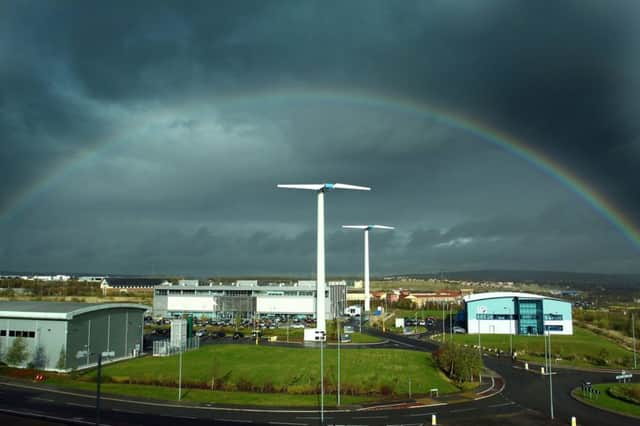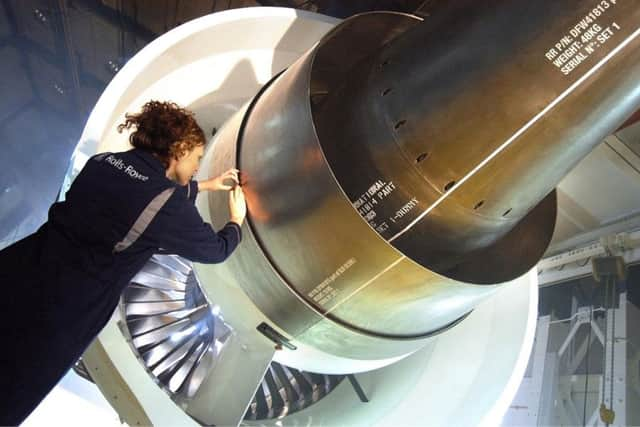Rolls Royce builds up inventory to cope with Brexit supply chain disruptions


Read more:


Chief Executive Warren East said Rolls was on track to meet its guidance of £700 million, give or take £100 million, in cash flow this year, despite its outflow in the first half jumping to £429 million.
“We expect a significant improvement in cash in the second half as we unwind inventory built up to support customer deliveries and benefit from improved trading in both Power Systems and Civil Aerospace,” he said on Tuesday.
Advertisement
Hide AdAdvertisement
Hide AdThe company has also built up inventory to cope with any supply-chain disruptions caused by Brexit, Mr East said, with the amount spent totalling about £100 million.
Chief Financial Officer Stephen Daintith said Rolls had 50 new engines in its inventory, up from a typical 15. Fourteen of the engines are currently on the Airbus production line in Toulouse.
Airbus deliveries rose about 28% in the first half to just under 390 aircraft, putting it on course to beat crisis-hit Boeing, but it needs to hand over about 500 planes in the second half to meets its annual delivery goal of 880-890 airplanes.
Mr East has been restructuring Rolls-Royce to ramp up civil aerospace production and cut losses on the sale of its engines. The group employs several hundred people at the Advanced Manufacturing Park in Rotherham.
Advertisement
Hide AdAdvertisement
Hide AdRolls delivered 257 large civil aerospace engines in the six months to June 30, against 259 in the same period in 2018. Mr East said, however, it had made good progress in reducing average large engine unit losses, down by £200,000 to £1.3 million. Rolls’ turnaround has been hampered by problems with its Trent 1000 engines, which has caused airlines to ground Boeing 787s while repairs are carried out.
The company would spend another £100 million to tackle the issue, taking the total to £1.6 billion, Mr East said.
“We are confident in fixes to the compressor issue, which was what was causing the problem last year,” he said.
“This year we have had some further challenges with the turbine section with a small portion of the turbine fleet.”
He said a target of fewer than 10 aircraft on the ground at the end of the year might take a bit longer to achieve.